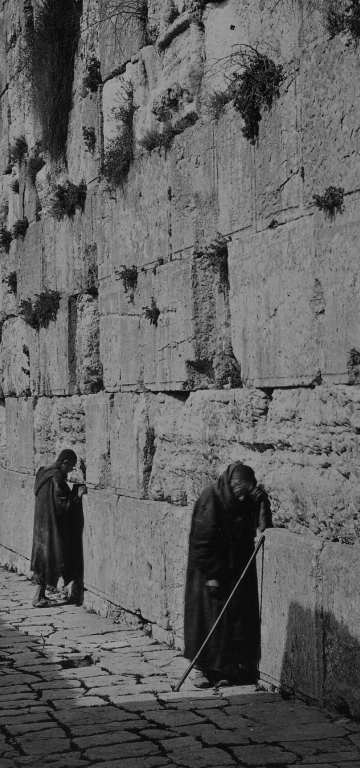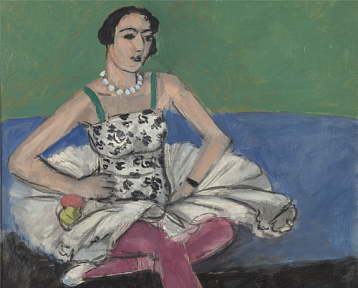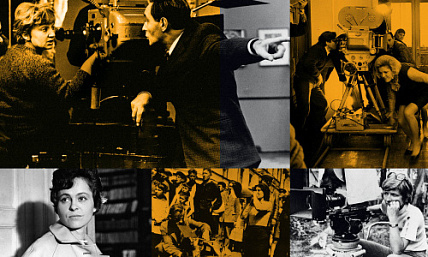“Small” Art
Jewish Museum and Tolerance Center presents an exhibition “Small” Art with more than 130 works by Isaak Levitan, Vassily Polenov, Valentin Serov, Ilya Repin, Mikhail Vrubel, Konstantin Somov, Kazimir Malevitch, Antonina Sofronova, Lev Bakst, and other artists.
Jewish Museum and Tolerance Center presents an exhibition “Small” Art with more than 130 works by Isaak Levitan, Vassily Polenov, Valentin Serov, Ilya Repin, Mikhail Vrubel, Konstantin Somov, Kazimir Malevitch, Antonina Sofronova, Lev Bakst, and other artists.
This exhibition brings together pieces that usually stay in storerooms (in the folders and on the shelves) after the selection, when the most ‘convincing’, major works make their way into display. Most often, exhibitions do not include small-sized art works, especially when they are sketches or conceptual drafts.
Sometimes, however, these small pieces constitute the major part of an artist’s heritage presenting the most characteristic features essential for the understanding of their art.
Exhibition “Small” Art is divided into several sections according to the most common functions of the small-sized works. The first section is dedicated to the familiar, secondary function — sketch. Through the works of Levitan, Polenov, Repin, and other artists we will trace the development of ideas from small composition drafts into famous paintings.
When the academic art gave way to modernism, artists developed new understanding of an unfinished work and a more easy-going attitude towards the absence of a narrative. This is a theme of the second section of the exhibition. During this period new density of paper was introduced, while small-formatted works present the most precious evidence — style and logic of an artist’s work. Rapid sketch carries movements of hand (Bakst has them sharp and precise), and Konstantin Somov’s aquarelles convey (no need to consult his diaries!) how meticulously the artist used to work at even the smallest of pieces.
According to Malevitch, “an art form which is the most relevant for our time is a research institute”. In 1924 in Petrograd, Suprematists pursued their quest for universal formulas of the world order, and every composition was its embodiment. Next section explores the essence of the Avant-Garde movement and its ambition to transform large and small shapes of the objects. The display will include unique graphics by Kazimir Malevitch, Mikhal Larionov, Nikolai Suetin, Ilya Chashnik, and other Avant-Garde artists of the 1910-1920ss.
‘Chamber-like’ is the last theme to be explored by the exhibition in the context of the ‘small-scale’ art. It was developed in relation to the concentration camp miniatures by Mikhail Sokolov. In prison, he tried to keep working using available materials. This is how his series of a tiny works, size of a matchbox, was born.
The following artists, pushed out to the margins of the artistic world in the 1930s, have a unique ability to contain a huge range of human emotion in a small piece of paper: Aleksander Shevchenko, Pavel Basmanov, Antonina Sofronova, and others.
Works for the exhibition are courtesy of The State Pushkin Museum of Fine Arts, The State Tretyakov Gallery, The Peterhof State Museum-Reserve, The Abramtsevo Museum-Reserve, The Schusev State Museum of Architecture, The Tsarskoe Selo State Museum and Heritage Site, and other museums and private collections.OTHER EXHIBITIONS
Museum Archive


